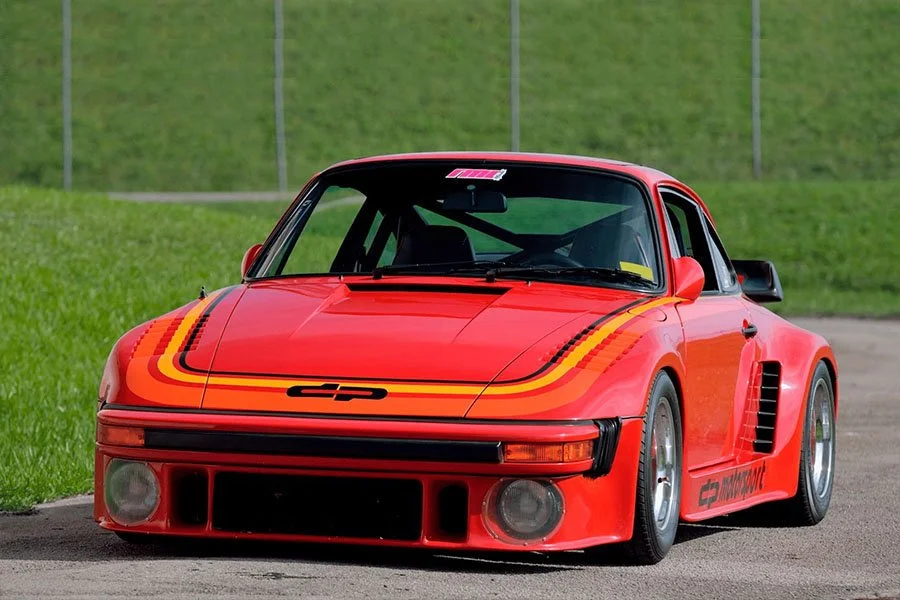One to Buy: 1 of 1 with Lightweight Interior 1989 Ruf CTR 'Yellowbird'
/ Ben Tyer
Unlike most other firms that sprung up during the late 20th century super tuner era, Ruf Automobile elected to focus on engineering excellence as opposed the kind of flamboyant over styling that came to define the movement.
Having produced a range of critically acclaimed models based on both the normally aspirated and turbocharged Porsche 911, Ruf debuted arguably its most famous creation in 1987 when the CTR redefined what could be expected from an independent tuning outfit.

Equipped with a twin turbocharged 469bhp 3.4-litre Flat 6 dropped into an optimised shell based on the narrow-bodied 911 Carrera, the CTR famously went on to set an 8 minute 5 second lap of the Nurburgring and was crowned the world’s fastest production car following an epic shoot-out by Road & Track magazine at the Nardo test track in Italy.
Just 29 examples of the CTR were produced, a uniquey equipped example of which is set to go under the hammer at Broad Arrow Auctions’ Porsche Air|Water Auction in Costa Mesa, California, on April 26th.

One of 23 CTRs built with Ruf’s six-speed manual gearbox and the only example to have been equipped with a special Lightweight interior, chassis ‘023’ was completed in 1989 shortly before production of the G-body 911 was discontinued in favour of the updated 964 variant.
Within the last 300km the car has returned to Ruf where it was certified with almost 100% first paint and subjected to a major service, underside detail and paint buff. New wheels and tyres were also fitted. The car is being offered with a little over 37,000km on the odometer and comes complete with its original book pack and tool kit.
















































































